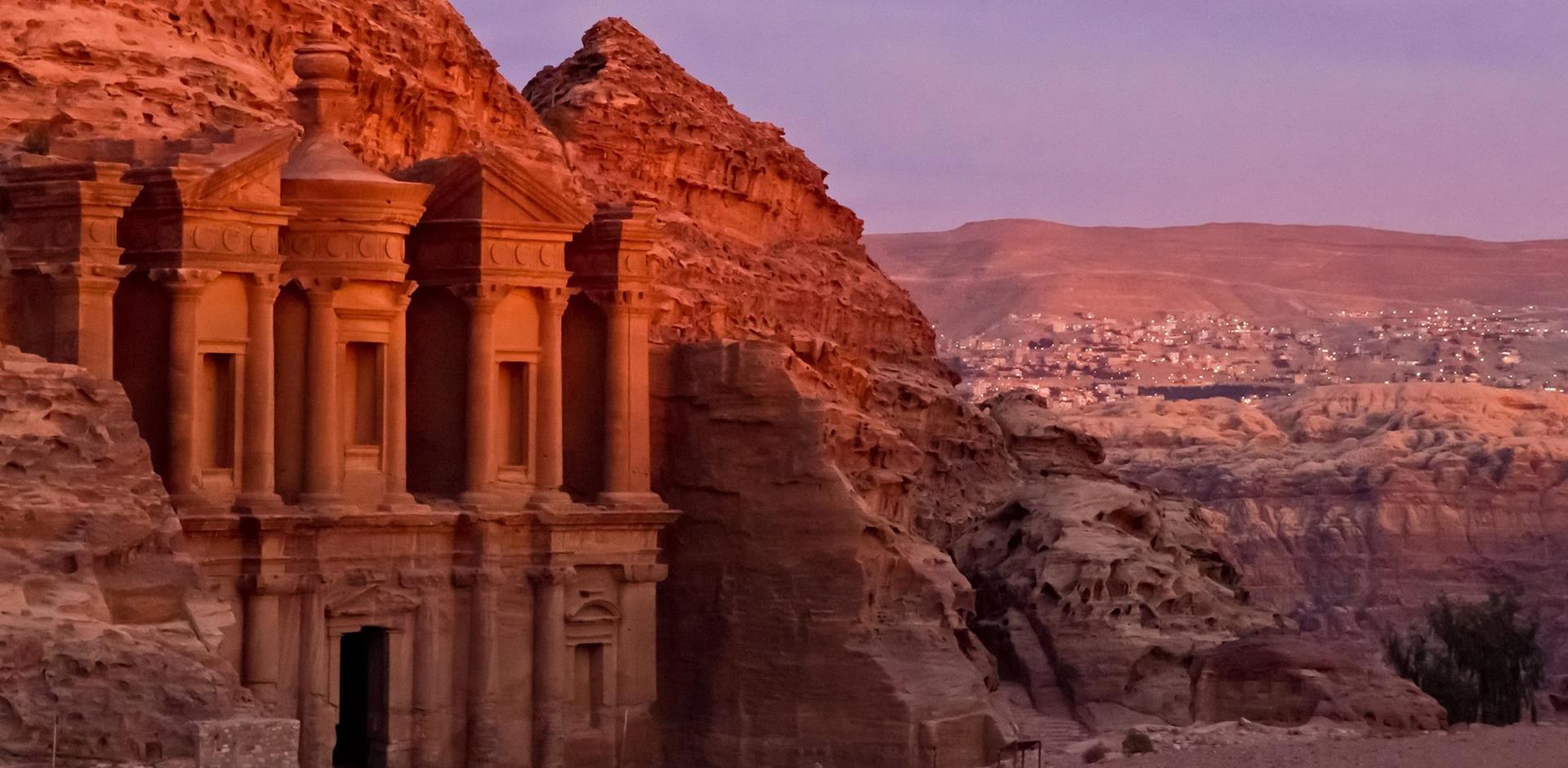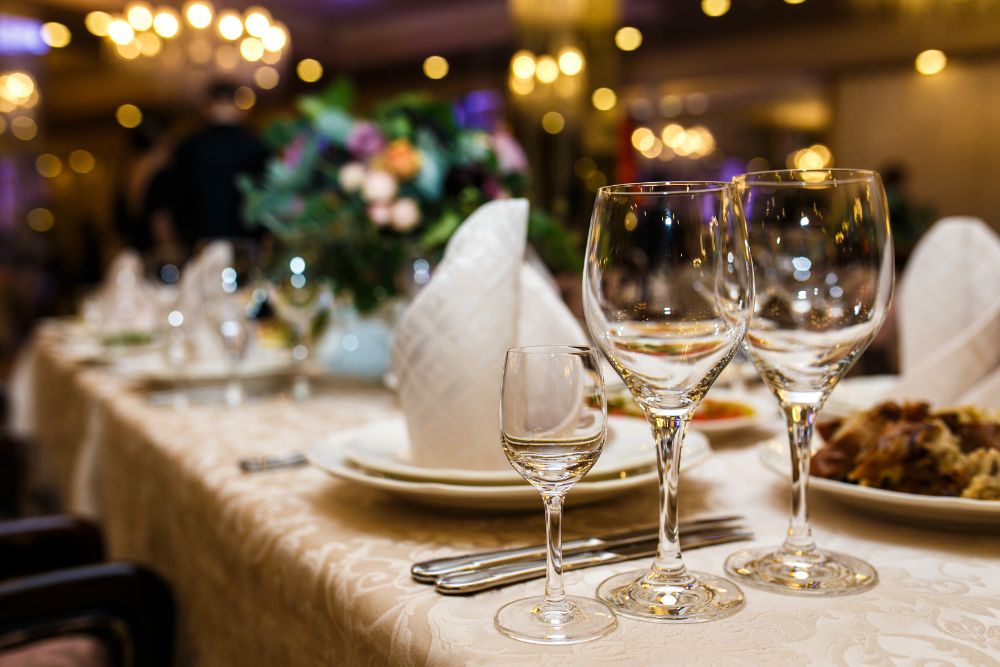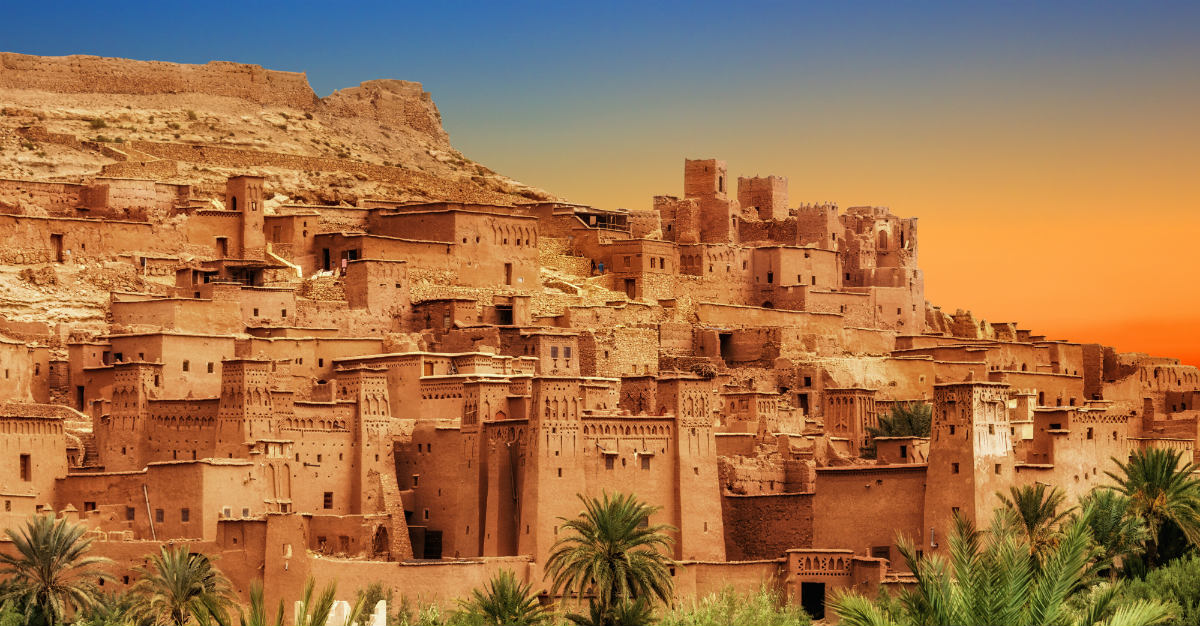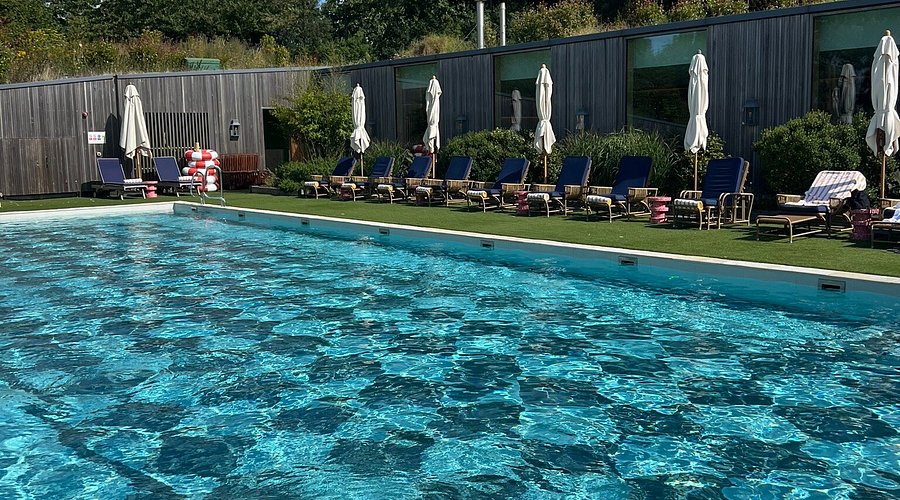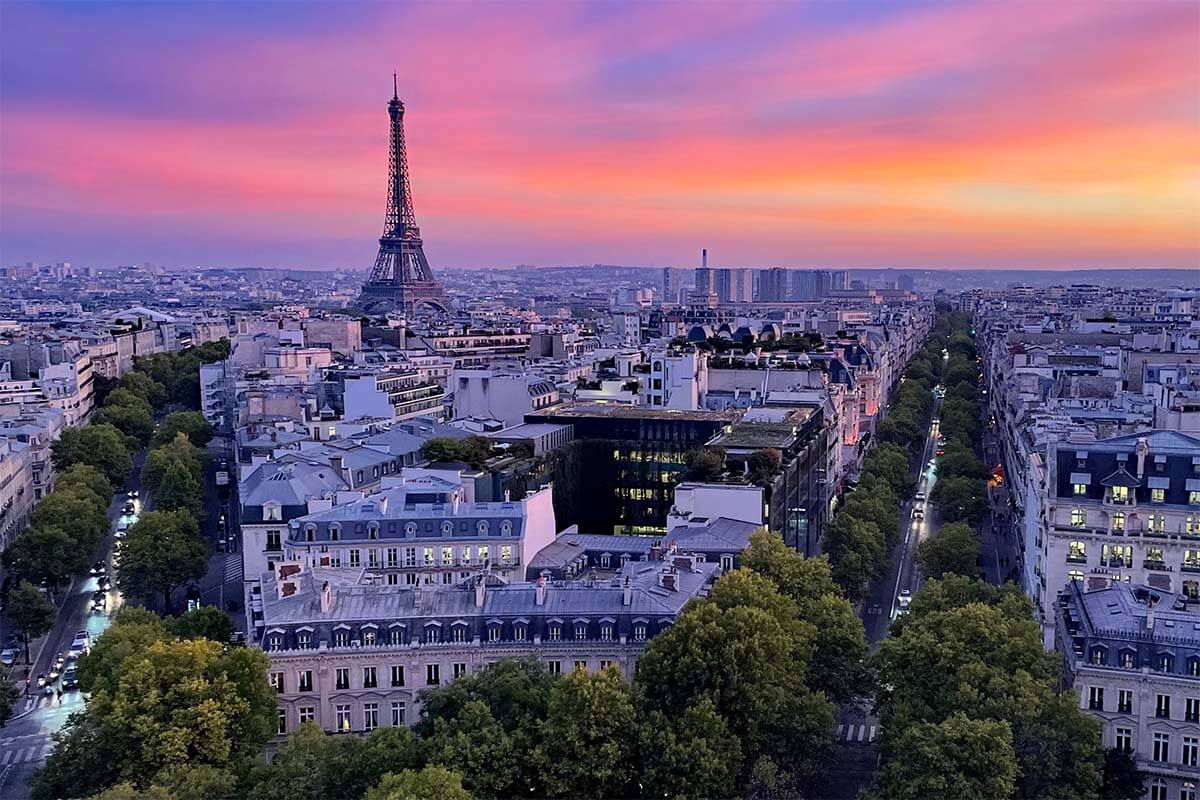Cultural Integration: How Local Heritage Shapes the Guest Experience
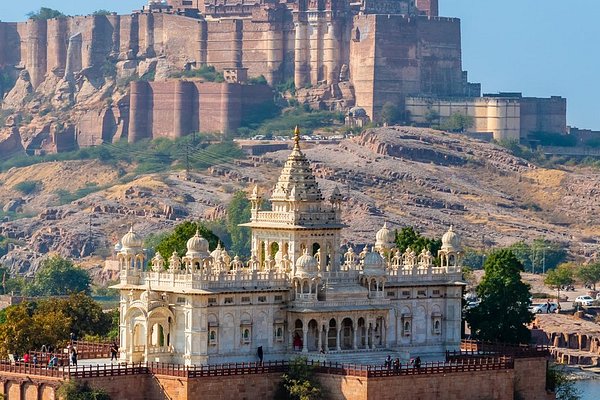
In 2025, the true measure of hospitality excellence extends beyond architecture or gastronomy: it lies in the seamless integration of local heritage into the guest journey.
Hotels now act as custodians of tradition, curators of artistry, and interpreters of history. They mediate between traveler and community, ensuring that every encounter is genuine, respectful, and luxurious.
Cultural integration begins with the built form. The world’s leading hotels are increasingly designed as architectural dialogues with their surroundings:
Interiors are more than decoration—they are cultural texts. Indigenous textiles, regional ceramics, and artisanal woodwork form narrative layers that distinguish each property.
Food is one of the most visceral expressions of culture. Today’s top hotels elevate local cuisines into global experiences:
“Immersion thrives not in spectacle, but in authentic collaboration with tradition.” Blessing ceremonies, archery, and Buddhist meditation at Six Senses properties. Royal Mansour Marrakech curates calligraphy and Moroccan cooking workshops. Chablé Yucatán offers Mayan healing rituals and temazcal sweat lodges.
Cultural integration extends to preservation. The most forward-thinking hotels finance artisans, festivals, and conservation:
The integration of local heritage into the guest journey signals a new canon of hospitality.
The most enduring properties are those that honor the local while speaking to the world.
By embedding architecture, design, cuisine, rituals, and preservation efforts into their DNA,
the world’s best hotels prove that luxury is not universal but deeply contextual, both indulgent and meaningful.
Cultural Integration: How Local Heritage Shapes the Guest Experience
Architecture Rooted in Tradition
Tented suites recall Bedouin shelters, balancing heritage and modern comfort.
Classical colonnades and marble echo the grandeur of Greek antiquity.
Stone-and-mud villas reinterpret Omani villages with artisanal care.Design and Craft as Storytelling
Gastronomy as Cultural Heritage
Rituals and Guest Programming
Bhutan
Morocco
Mexico
Sustainability as Cultural Preservation
Supports falconry, calligraphy, and cultural exhibitions.
Adopts a biocultural model: conserving both ecosystems and indigenous culture.Toward a New Standard of Hospitality

